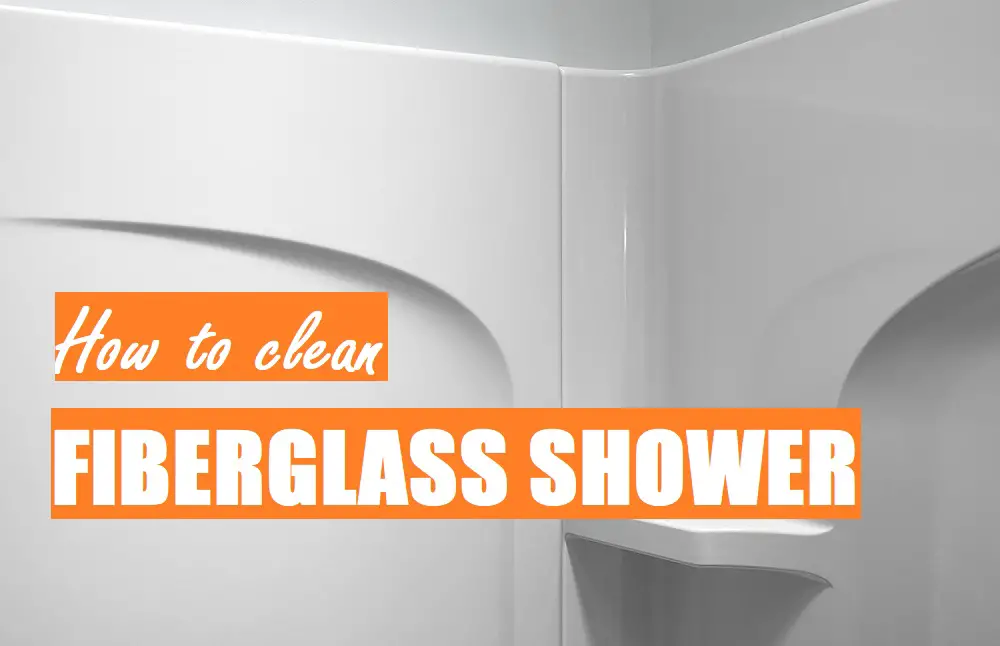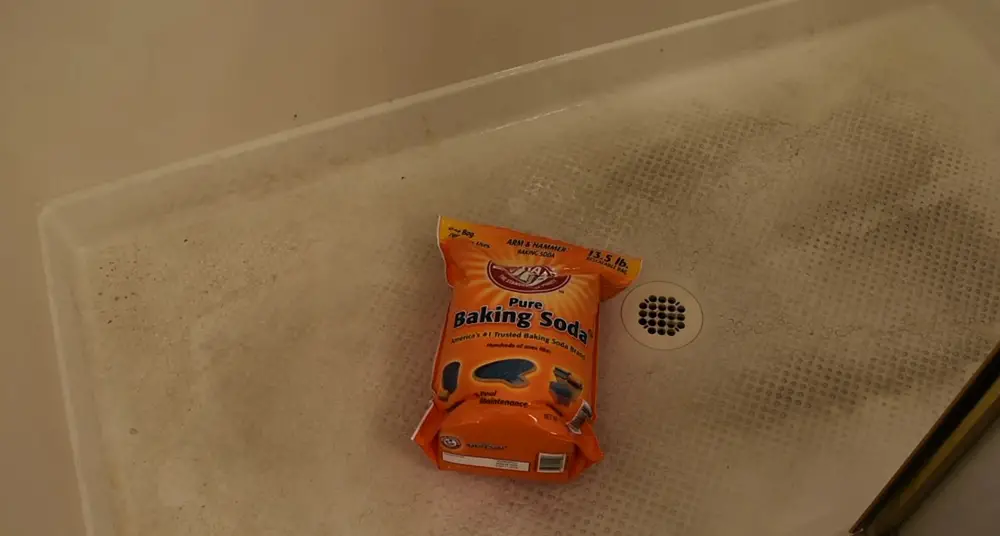Hey! This site is reader-supported and we earn commissions if you purchase products from retailers after clicking on a link from our site.

Fiberglass shower enclosures are desired by homeowners because of the aesthetics that are offered by their shiny appearance. Over time, however, soap scum and minerals can build up on the fiberglass, making it look dull and dirty. Before turning to harsh chemicals, you should first try to use some natural cleansers that you likely already have around your house.
Read Also: Eliminating Mold From Your Shower
Step one: Gather your supplies

You will need a few basic supplies to clean your fiberglass shower enclosure, including the following:
- Distilled white vinegar
- Spray bottle
- Baking soda
- Non-abrasive towel or sponge
- Rubber gloves
Step two: Wipe down the walls and floor of your shower Using your non-abrasive towel or sponge, wipe down the walls and floor of your shower. This will allow you to see the areas on which you need to concentrate.

Remove all of the bottles, soaps and bath items from your shower enclosure and set them aside.
Step three: Apply your baking soda and vinegar

Take your baking soda and sprinkle it all over the floors and walls of your shower enclosure. After you have done so, spray the vinegar all over using your spray bottle until the vinegar and baking soda create a paste.
Step four: Scrub your fiberglass shower enclosure
Put on your rubber gloves at this point. The gloves can help to protect your skin from becoming irritated by the vinegar and baking soda paste. Use your non-abrasive sponge or towel to scrub your shower enclosure. The paste should help to remove soap scum and mineral deposits. You might need to leave the paste on the surface for an hour before you scrub if there is a lot of deposits.
Step five: Rinse
Once you have scrubbed enough to obtain the results that you want, simply rinse away the vinegar and baking soda with water. Wipe the walls down and squeegee the floor when you are finished. You can also use vinegar and baking soda to clean bathroom fixtures inside of your shower such as the handles, showerhead and shower arm.
Step six: Dealing with heavy stains
If you have significant buildup in your shower, you may need to leave the paste on them for at least an hour before you scrub. If that doesn’t work, you can try forming a paste with borax and lemon juice, which is a more potent cleanser. Finally, there are commercial cleaners that are available if all else fails. With a little elbow grease, you can enjoy a spotless shower once again.
Step seven: Prevent buildup going forward
After you have successfully removed soap scum and mineral deposits from your shower enclosure, you likely want to keep them from building up on your fiberglass again. You should keep a spray bottle of vinegar and a squeegee in your bathroom. Whenever you are finished showering, quickly spray the walls and floor of your shower with the vinegar, and use your squeegee to remove excess water from the walls and floor. This can help your shower enclosure to remain clean and to prevent soap scum and mildew from building up again. Finally, make certain that you launder your shower curtains at least monthly if you use them because they can attract mildew.
Read: Tips to Unclog Your Shower Drain
If you have hard water, you are likelier to have to deal with the buildup of mineral deposits in your fiberglass shower enclosure. Fortunately, soap scum and mineral deposits can both be removed so that your shower can look clean and new again. Once you have cleaned your fiberglass enclosure, take steps to keep it free from new buildup so that you can avoid having to deal with it again in the future.
Serious about upgrading your shower? We created a special guide for you. We evaluated hundreds of shower heads and narrowed down our discovery to these 12 shower heads that we think are the best of the best. Whether you love intense high pressure, soothing rainfall, saving water, or rocking out to music in the shower – we’re confident you’ll find the perfect fixture for you.
